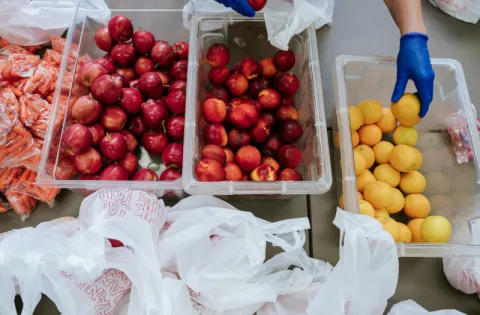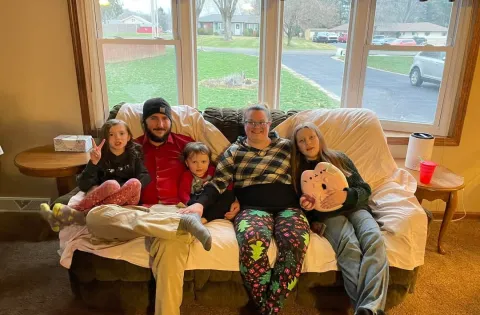In an early childcare center, a group of excited kids, all of them under five, rushed to get bags of produce for their families.
“Every single child wanted to carry the bags themselves,” shared Kim Bowlin, child hunger program coordinator at Lowcountry Food Bank. “But the bag was dragging on the floor. They couldn’t really lift it. They were just adamant that they were going to carry this produce and give it to their parents.”
Bowlin is part of Lowcountry Food Bank in South Carolina. She’s witnessed this strength of rural communities over and over, from high school seniors organizing meal deliveries for senior citizens to families collecting extra meals to help other families. The food bank is based in Charleston, S.C., but they serve ten coastal counties, including several rural communities and over 280,000 people.
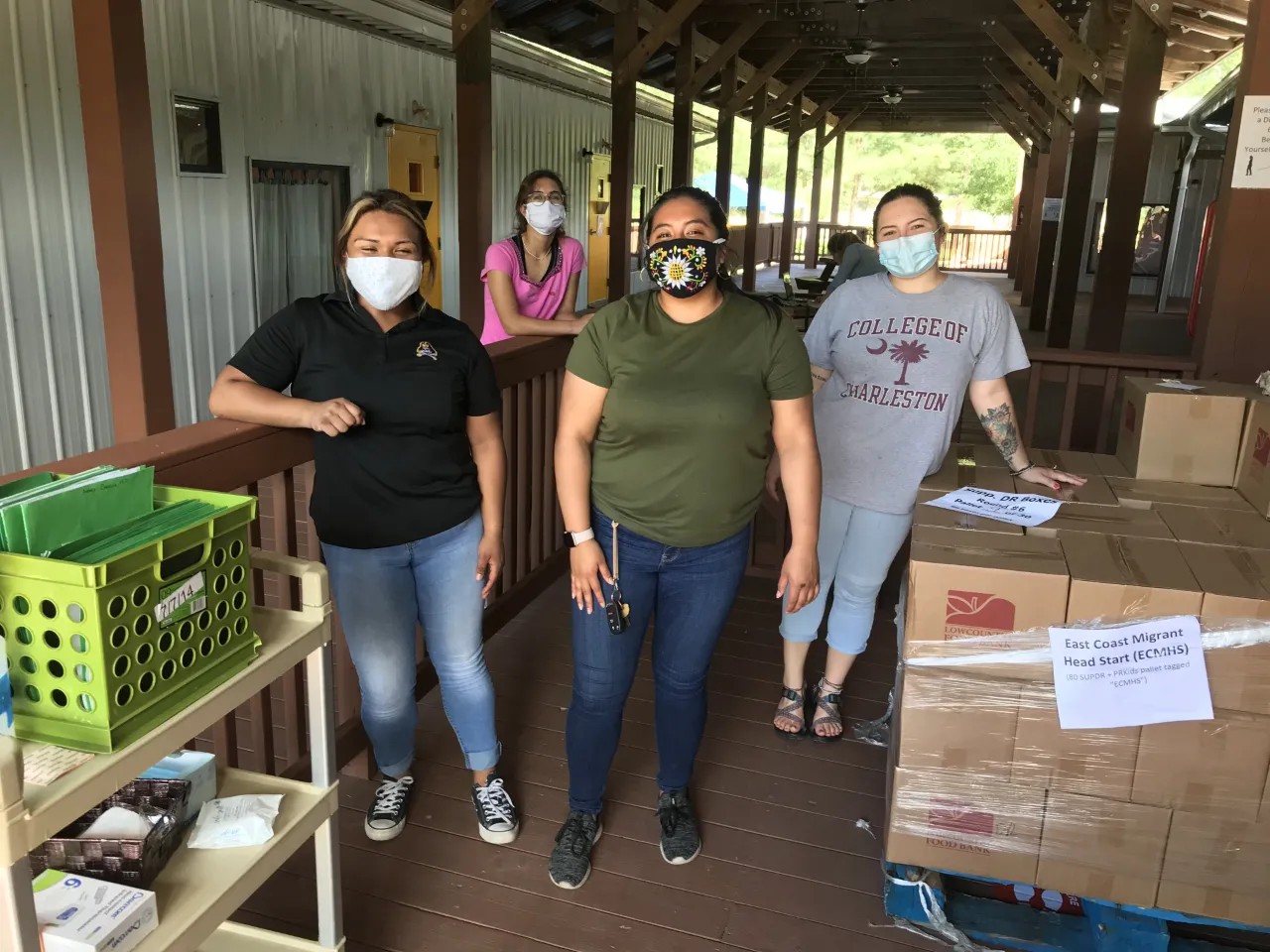
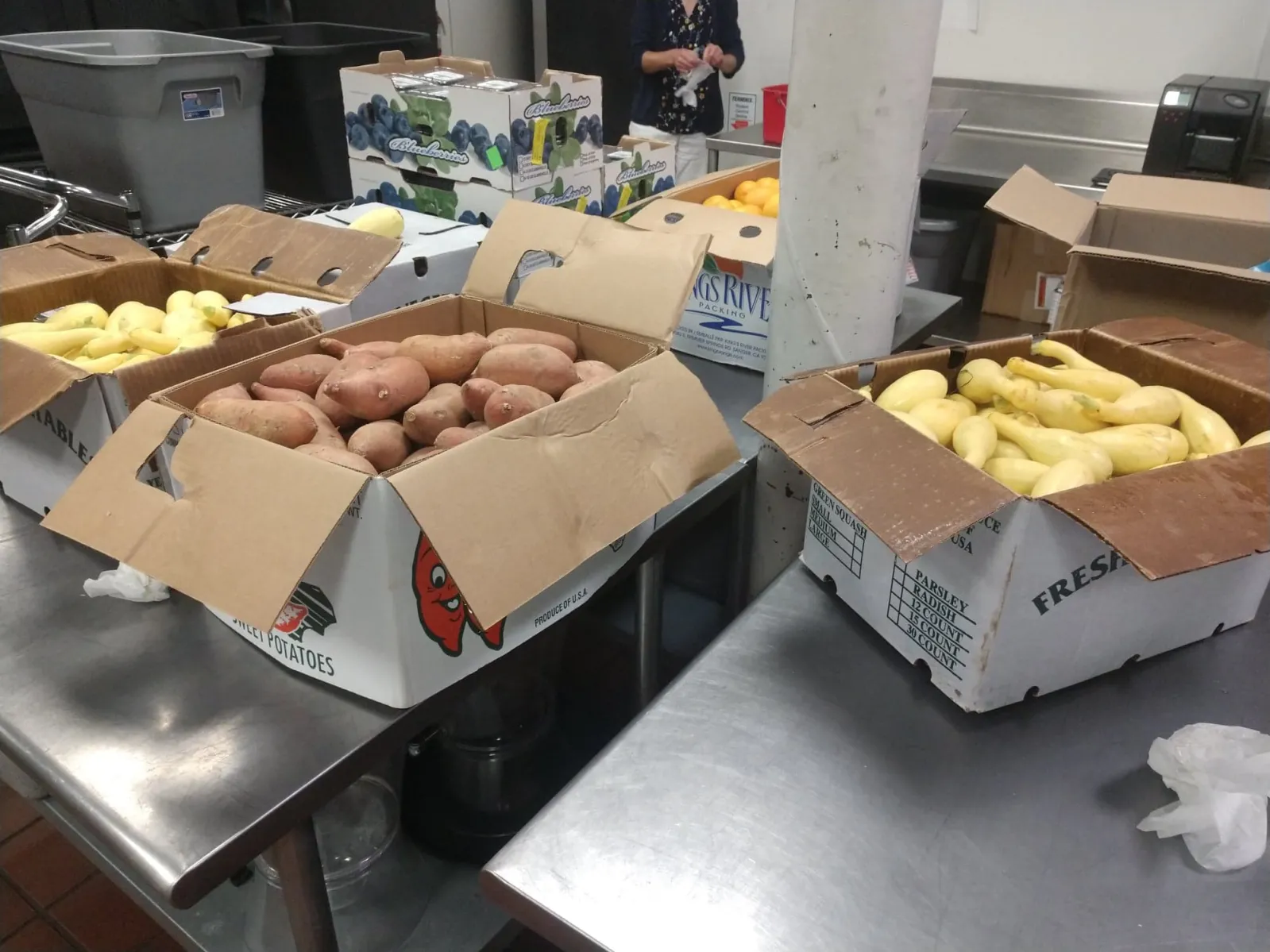
Lowcountry Food Bank received the No Kid Hungry’s Promising Practices to End Rural Child Hunger Initiative grant, an effort to support nine organizations and allow them to collaborate on how to best feed kids in rural communities.
Over the past year and a half, Bowlin and colleague Kara Moore have witnessed situations of extreme need in rural areas. Moore recalls one of their program partners, a high school counselor, attempting to call a mother who was not home for one of their door-to-door food distributions.
“She frantically called him back,” Moore, who leads the child hunger programs at the food bank, shared. “And she said, ‘I’m sorry I missed you, I’m actually right now giving plasma. I’ve started donating plasma to be able to feed my kids, because right now we can’t make ends meet.’”
Heartbreaking stories like these show the challenges many families in rural communities face. Many families have to drive up to 30 miles to find a grocery store, and unemployment rates are high. Parents have to travel far to find jobs, which means they also have to find childcare and somebody to cook for their kids.
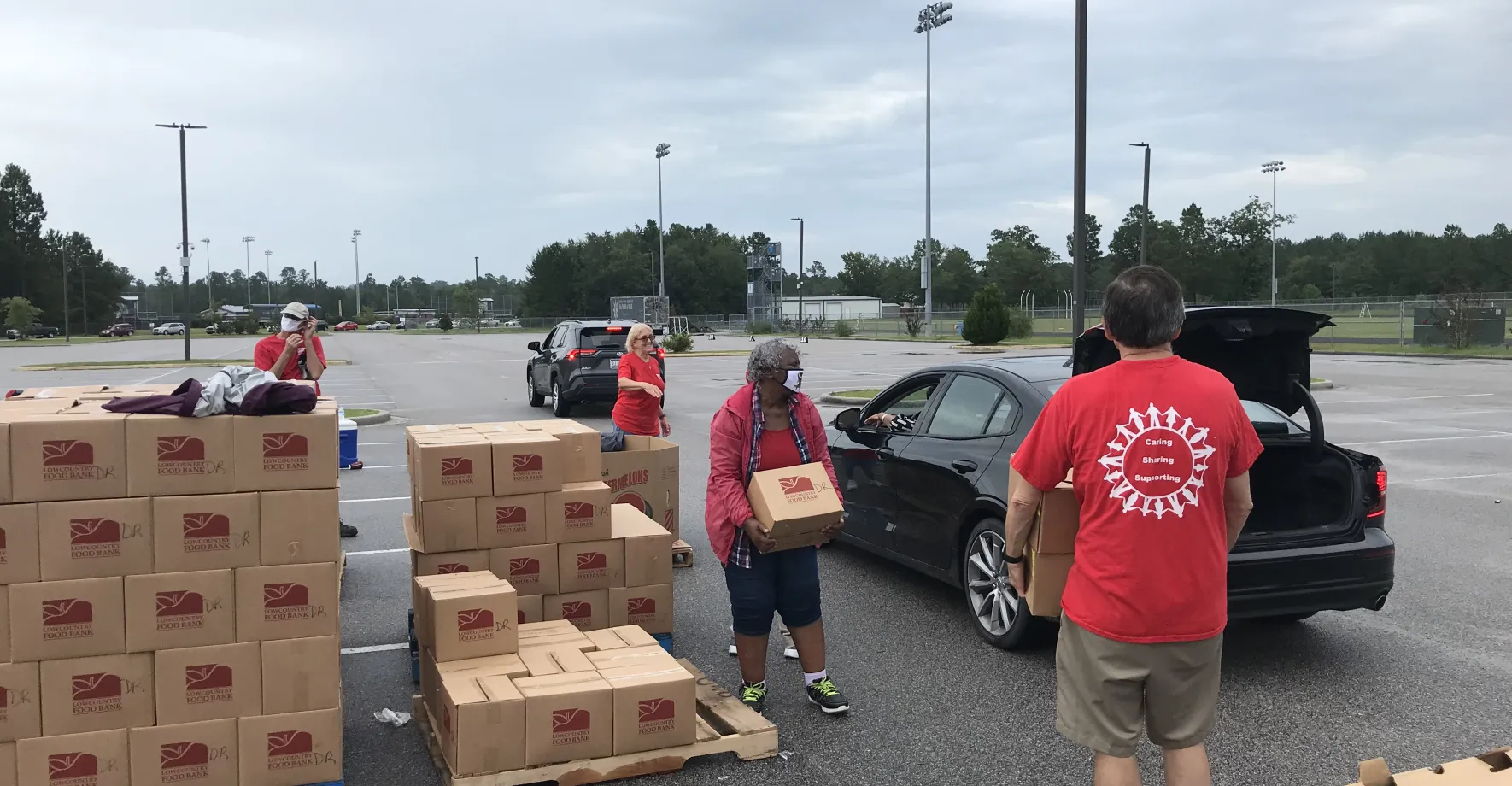
With the support of No Kid Hungry, Lowcountry Food Bank has focused their efforts on rural communities, supporting the migrant population, scaling mobile pantry distribution and expanding their relationships within the community. From the cohort of nine rural grantees, they learned about strategies to set up pantries in libraries and are planning on establishing a meal site in the Williamsburg County Public Library.
But there’s still great need in the community. People are reeling from the impact of the pandemic, and that’s not going to change soon.
“It’s critical,” Moore explained. “We have a lot of people who are still struggling in the midst of the pandemic. Food insecurity rates are expected to remain higher than normal for quite some time.”
Some of their food pantries used to get about 150 people every month. But during the pandemic, the numbers rose to 150 per week, and those numbers remain high today.
“Every dollar does make a difference,” Moore said. “And it is all going to feed some of the most vulnerable people in our communities: our kids, our seniors, our veterans, our families.”
Join us in supporting organizations like Lowcountry Food Bank that are ending childhood hunger in rural communities across the country.
Read our first post of stories from another recipient of the Promising Practices to End Rural Child Hunger Initiative grant and stay tuned for more stories about rural communities.
You can visit Lowcountry Food Bank website here: https://lowcountryfoodbank.org/

